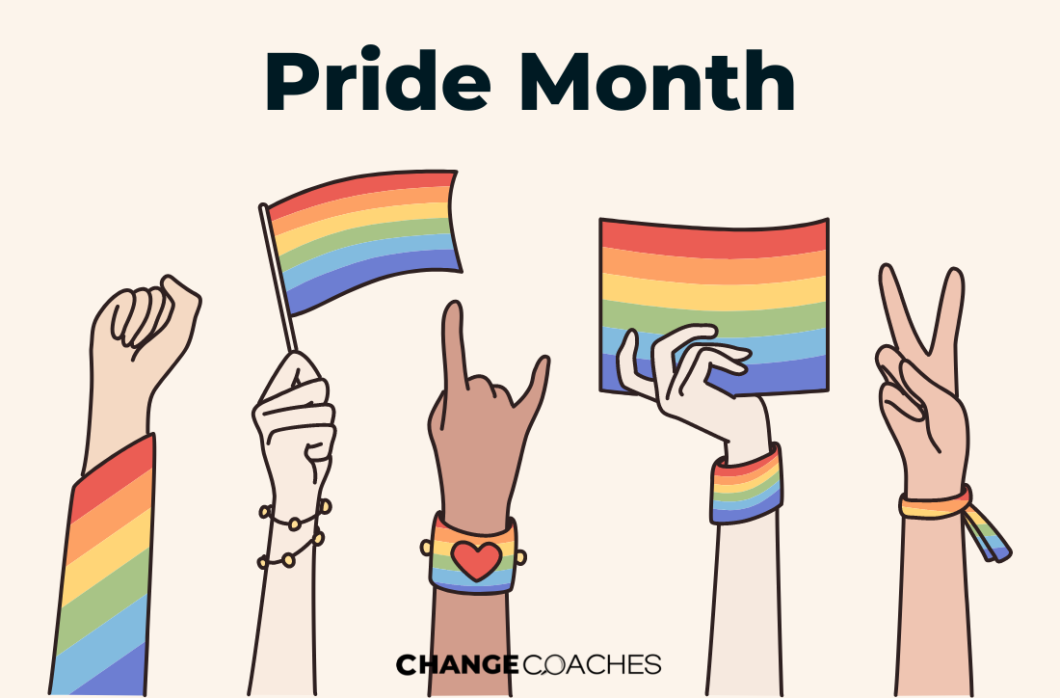While Pride Month is coming to a close, it’s never too late to talk about intersectionality. The term “intersectionality” was coined by Kimberlé Crenshaw, a law professor at Columbia and UCLA, to describe how the feminist movement in the late ‘80s was not serving Black women. In a 2015 interview, she explained intersectionality as “basically a lens, a prism, for seeing the way in which various forms of inequality often operate together and exacerbate each other.”
As explained in Crenshaw’s work, people with multiple identities are often forced to prioritize one identity over another. For example, if you are a Black person that identifies as LGBTQ+, it’s commonplace to constantly have to decide which identity to prioritize.
Are you Black or LGBTQ+ “first?”
Many of us will say that we are black first but why should we be forced to rank one identity over the other? And, your organization certainly shouldn’t be choosing for you.
How can your organization effectively acknowledge and navigate intersectionality amongst LBGTQ+ employees? There are many ways to do this but I’m going to discuss some quick actions you can take within existing, familiar, structures in your organization – those structures are employee resource groups.
Embedding Intersectionality in Your ERGs
One action that many companies have taken to engage underrepresented employees is through Employee Resource Groups (ERGs). Typical ERGs include groups for women, Black employees (or other races), LGBTQ+ folks, women, parents, people with disabilities, and more. While ERGs can be a powerful driver of inclusive cultures, as you can see, many ERGs are built around single, not intersectional identities. So, in the default model, intersectional employees are always eligible to be members of multiple, if not all, ERGs that your company has to offer.
Take the example of Sheila. As an Asian woman, who identifies as LGBTQ+ and as a parent, Sheila was eligible to join four ERGs at her company: LGBTQ+, women, Asian, and parents. Sheila knew that she had limited time, so it was very difficult to choose which groups she would focus on. She felt like none of the groups really embraced intersectionality (for example, the Asian ERG didn’t have many events focused on women), so she was forced to choose to disproportionately engage in the LGBTQ+ and women’s groups. She felt that by splitting her time between the two of them, it was more likely that both of her identities would be satisfied.
While this situation ultimately worked out for Sheila, she shouldn’t have to choose. If her company truly had inclusive ERGs, Sheila would be able to join one ERG that acknowledged all of her identities. For example, the LGBTQ+ group might partner with the Asian group on different events or even hold spaces specifically for LGBTQ+ parents.
So, how do you adjust your ERGs to make sure that intersectionality is honored? A few suggestions:
- Consider surveying ERG group members: Understand how many members identify as intersectional, and the degree to which these employees would consider the ERGs a value add.
- Appoint ERG representatives who monitor intersectionality within ERGs. Appointed representatives can structurally monitor ERGs for intersectionality on an ongoing basis. For example, if your company has an ERG for women, these representatives can ensure that women of different ages are honored and represented, as well as BIPOC women, and LGBTQ+ women.
- Start an ERG council to share resources and to promote community across ERGs. This council can be made up of ERG leaders across your organization. Encourage them to meet quarterly.
In closing, I want to remind you all that Pride is about way more than parades and rainbows. While that’s fun and all, some of you may know that Pride originated with the activism of Black trans women during the Stonewall riots in New York. It is both a celebration for the global LGBTQ+ community today and a remembrance of those who have fought for our freedom to be ourselves. It is for those who are still closeted and those who are “out and proud.” It’s a celebration of difference, which is the essence of intersectionality.

